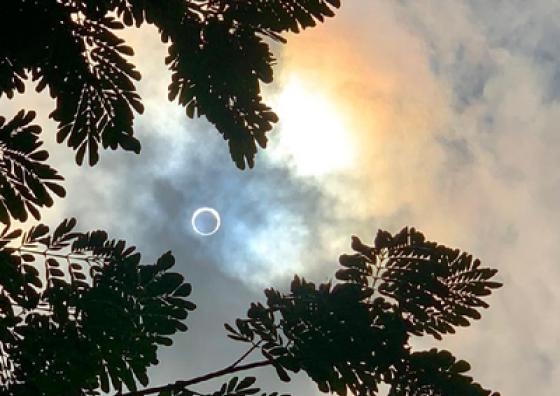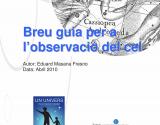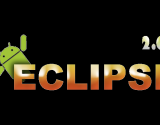The app Eclipsi2.0![]() to compute and simulate eclipses and planetary transits, created by the astrophysicist of the Institute of Cosmos Sciences, Eduard Masana, ICCUB-IEEC, has reached 100,000 downloads with the annular eclipse of December 26 and is consolidated as a reference in the world of applications for the calculation and simulation of astronomical events.
to compute and simulate eclipses and planetary transits, created by the astrophysicist of the Institute of Cosmos Sciences, Eduard Masana, ICCUB-IEEC, has reached 100,000 downloads with the annular eclipse of December 26 and is consolidated as a reference in the world of applications for the calculation and simulation of astronomical events.
During the yesterday's annular eclipse the Moon covered 97% of the Sun and let a Sun ring shining around its shadow. It could be seen from Saudi Arabia, India, Sumatra, Borneo![]() and in its partial phase from Asia and Australia.
and in its partial phase from Asia and Australia.
The interest that the population of India and Southeast Asia had already shown for this tool, added to the large number of inhabitants of the area, suggested that an event like this could significantly extend the use of his app. And indeed, the day before the eclipse had already exceeded 102,000 downloads. 90% of the recent days downloads, about 10,000, had been from India, Indonesia, Thailand, Malaysia, Vietnam, Pakistan, Bangladesh, Sri Lanka, ... All of them countries from which the eclipse could be observed.
Download Eclipse 2.0![]() | Eclipse 2.0 on ServiAstro
| Eclipse 2.0 on ServiAstro
About Eclipsi 2.0
The main features of the application, which allows lovers of astronomy to easily discover the general and local circumstances of the solar and lunar eclipses and planetary transits are::
- Access to data of all solar and lunar eclipses and planetary transits between 1900 and 2100.
- Computation of general circumstances of the phenomenon, including global visibility maps.
- Computation of the local circumstances of the phenomenon for any place in the world (beginning, end, duration, altitude of the Sun or Moon above the horizon, ...) * Simulation of the phenomenon from your observational point.
- Choice of observing place from a database, manually or from the GPS coordinates.
About the author
Eduard Masana is an astronomer and researcher of the Gaia group at the Institute of Cosmos Sciences of the University of Barcelona and a member of the Institute of Space Studies of Catalonia. In recent years, he has developed the Gaia GASS simulator and his research is focused on determining stellar physical parameters from photometric data. Masana also participates in several outreach activities, giving talks to the general públic and organizing astronomical observations. He is the creator of the Eclipse 2.0 application for calculating eclipses and planetary transits. His outreach activity places a particular emphasis on Gaia, with the aim of making the mission known to the general public, students or astronomy fans. He is also a member of the editorial board of the Gaiaverse outreach portal.







